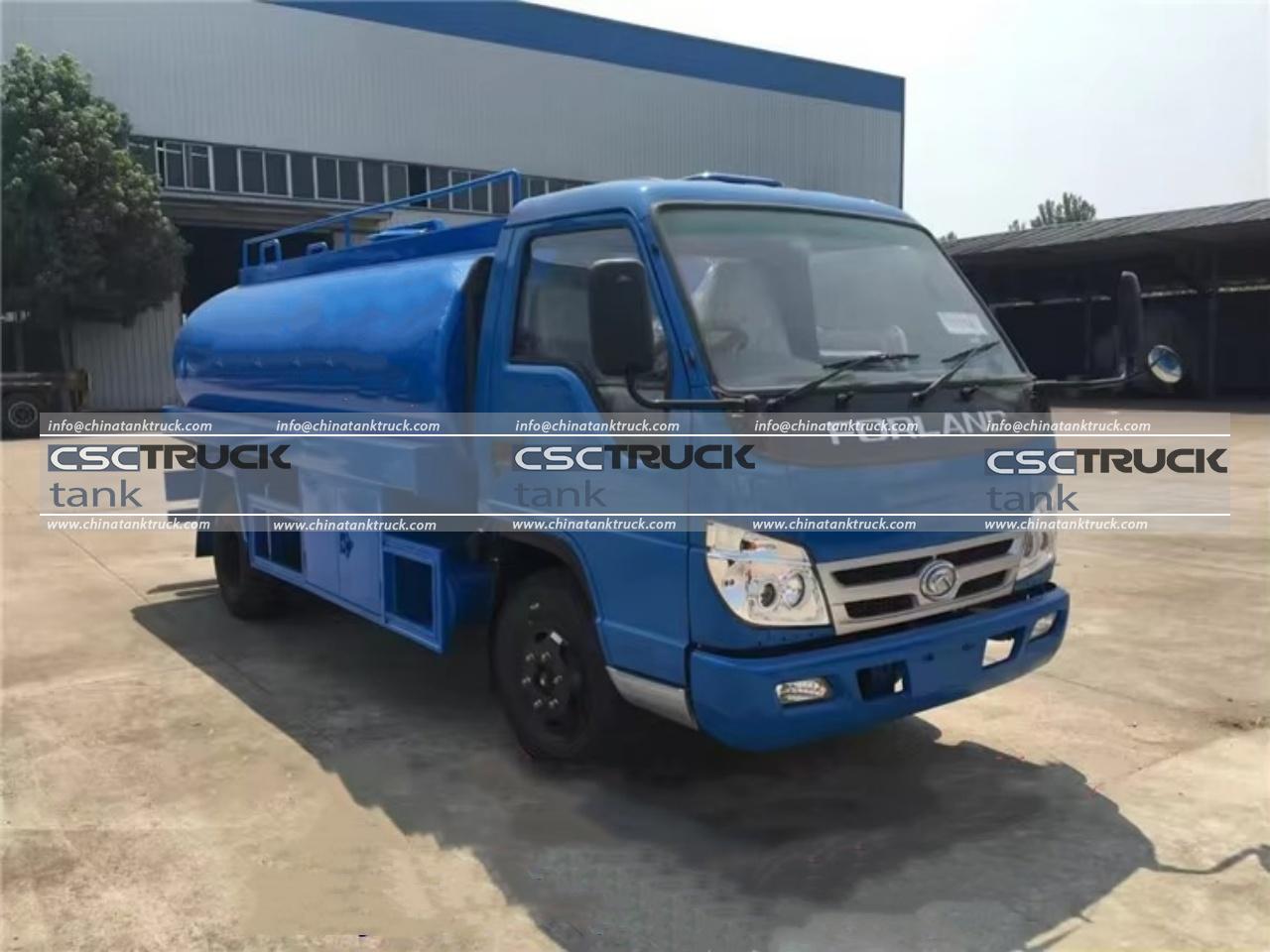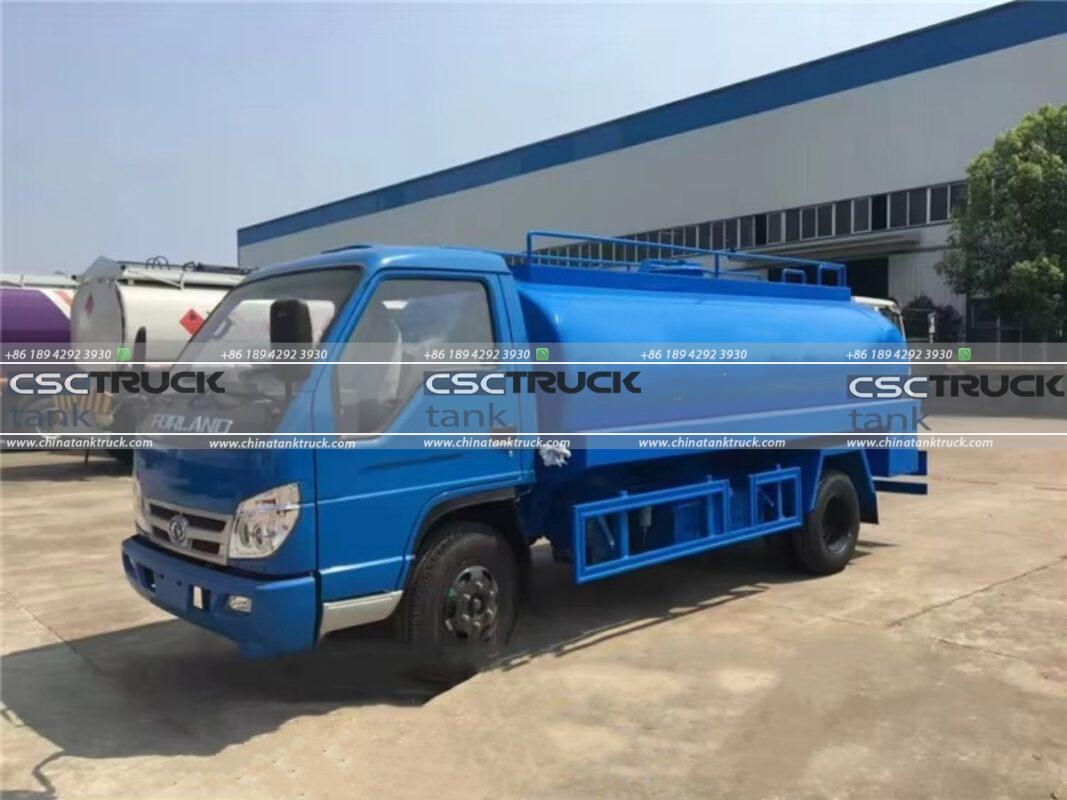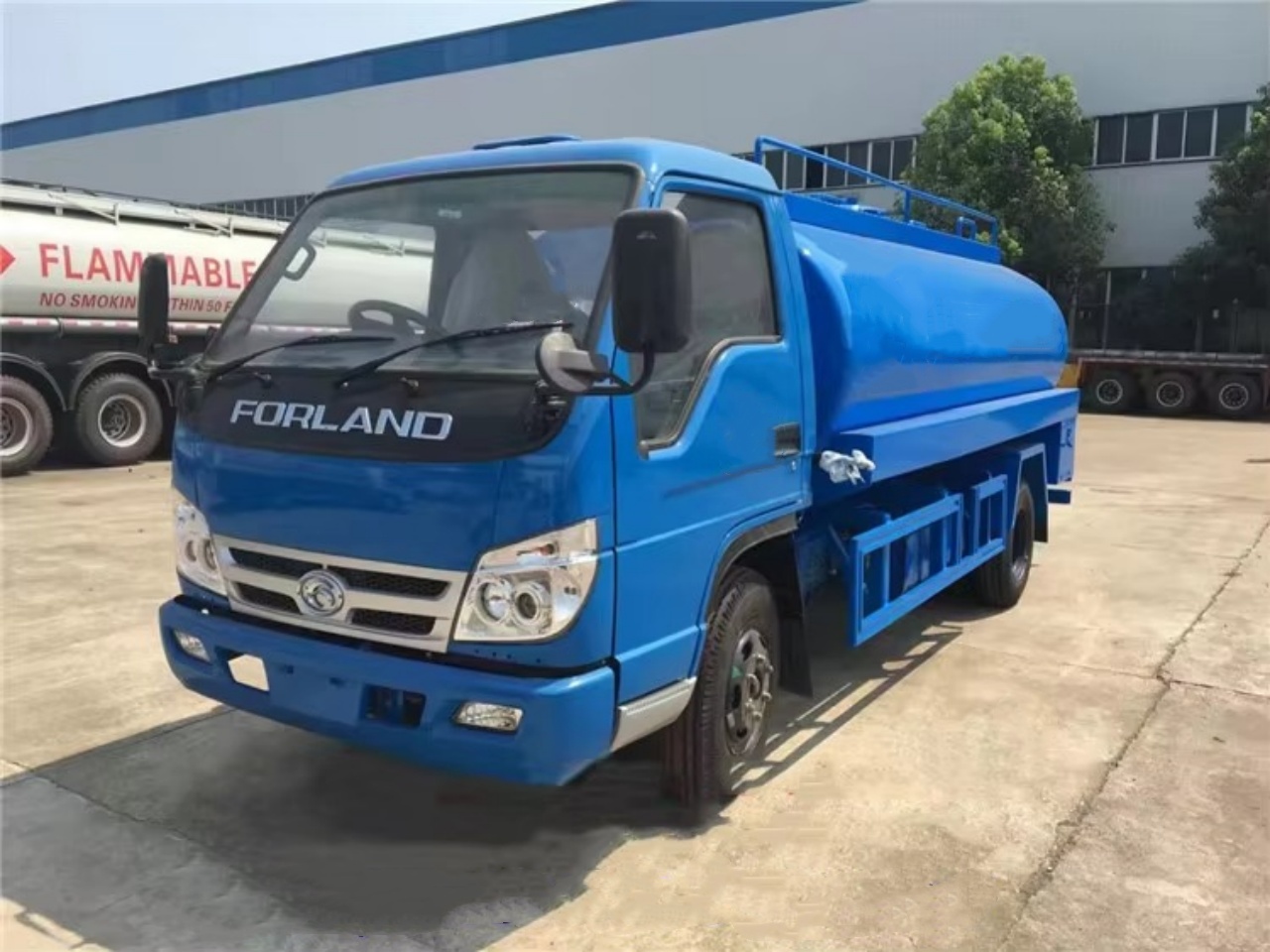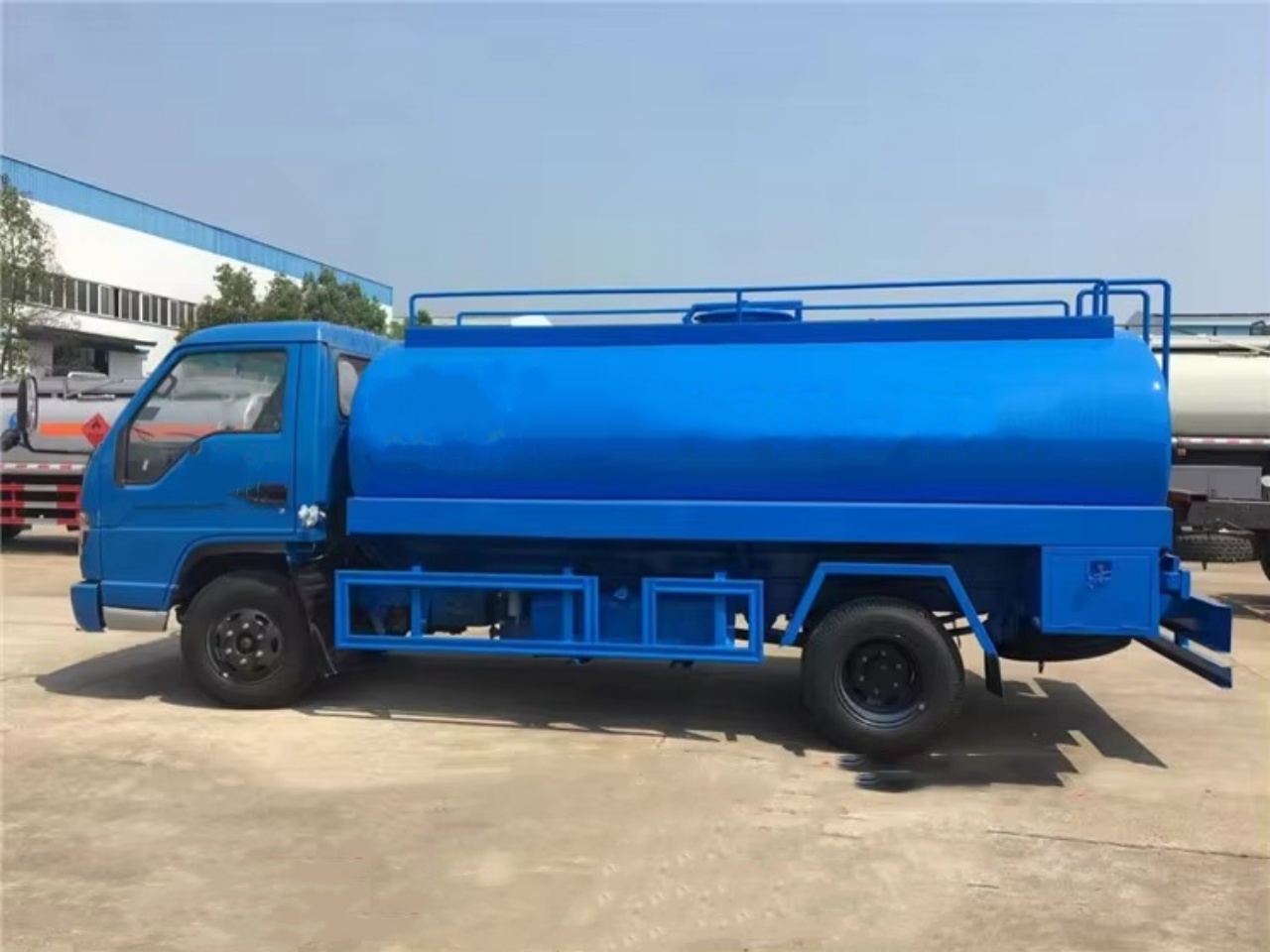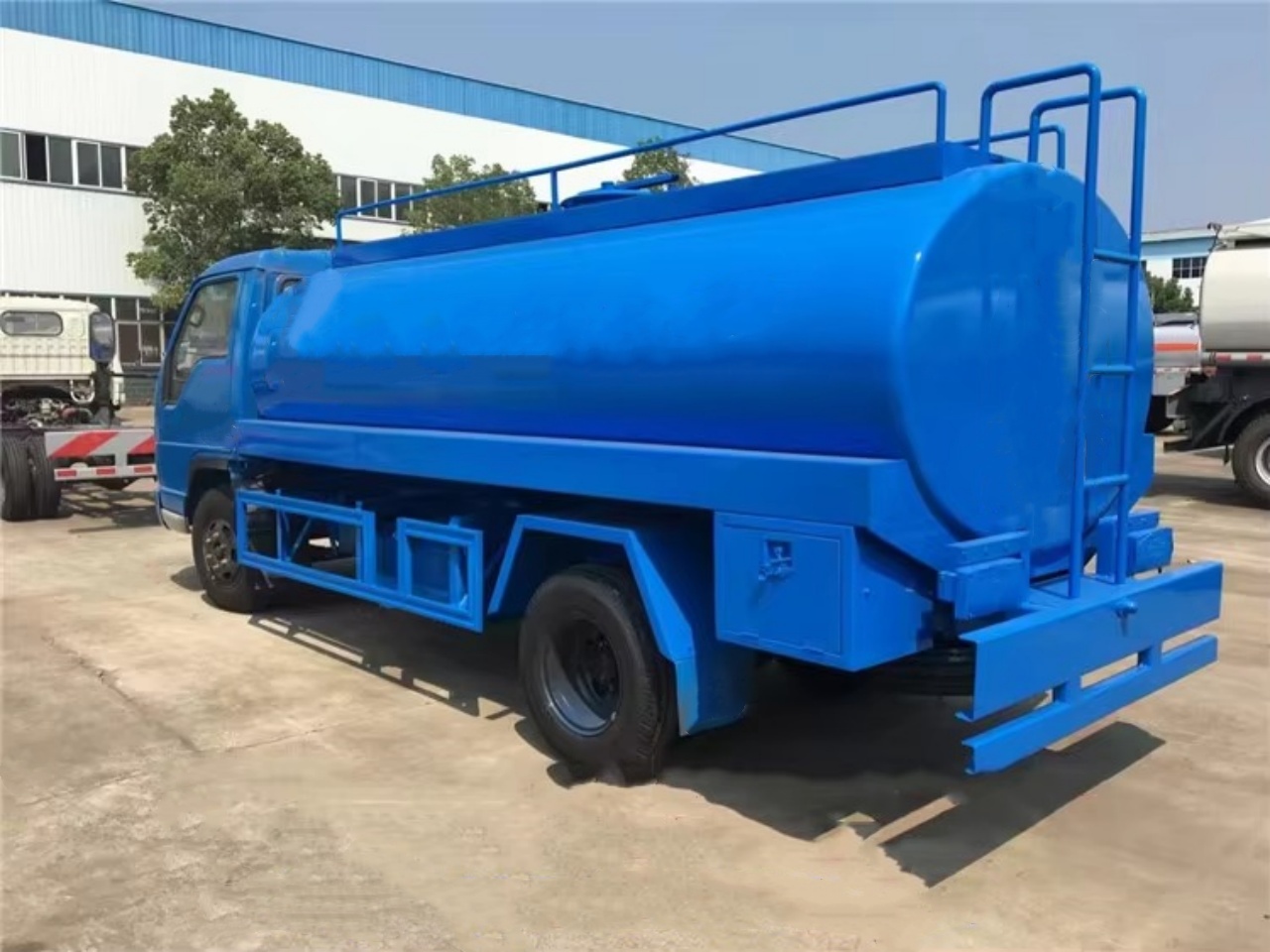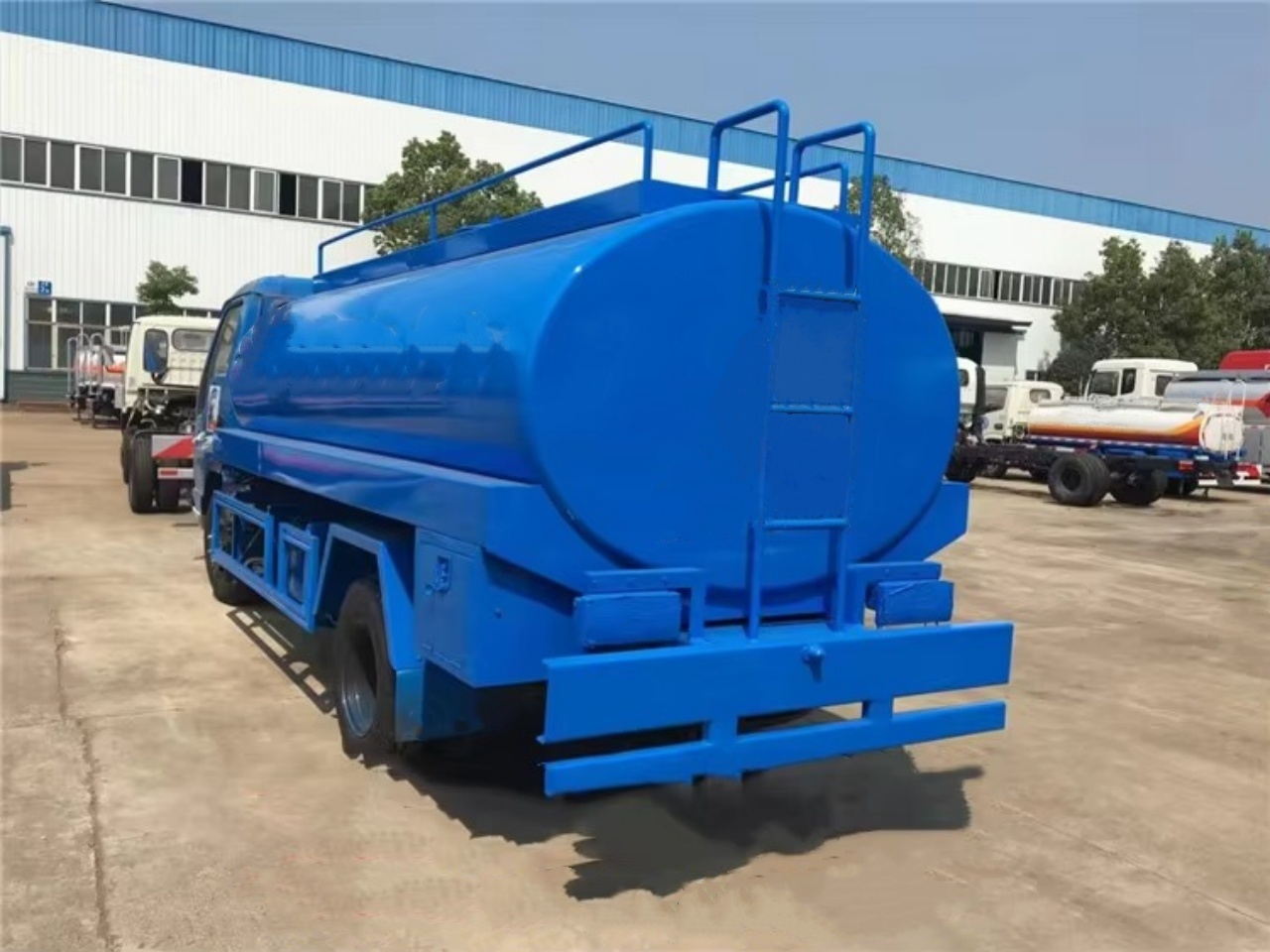Milk is one of the most perishable and contamination-sensitive food products in the supply chain. From the dairy farm to the processing plant, maintaining hygiene is critical to ensure consumer safety and product quality. Among the essential elements of this supply chain is the milk tanker—a specialized stainless steel vehicle used to transport large volumes of raw milk. Due to the sensitivity of milk, the cleaning of these tankers is a rigorous, regulated, and systematic process. This article explores in depth how milk tankers are cleaned, the technologies involved, regulatory guidelines, and why cleaning is so vital.
Why Cleaning Milk Tankers is Crucial
Before delving into the cleaning process itself, it is important to understand why cleaning milk tankers is so essential. Milk is an ideal medium for bacterial growth. If any residue remains inside the tanker after unloading, it can serve as a breeding ground for microbes, leading to spoilage or, worse, contamination with pathogens such as Listeria, Salmonella, or E. coli.
Contaminated milk poses a serious public health risk and can lead to widespread product recalls, financial losses, and damage to brand reputation. Furthermore, milk quality standards are regulated by food safety authorities in most countries, such as the U.S. Food and Drug Administration (FDA) or the European Food Safety Authority (EFSA), and violations can result in legal penalties. Therefore, a robust cleaning protocol is not just a good practice—it is a legal necessity.
The Three Main Stages of Milk Tanker Cleaning
Cleaning milk tankers involves 3 primary stages: Pre-rinse, washing (often including detergents and sanitizers), and final rinse or sanitation. Each stage is critical and must be executed with precision.
1. Pre-Rinse
The cleaning process begins with a pre-rinse, which serves to remove residual milk left in the tanker after unloading. Typically, warm water (not hot, to avoid protein coagulation) is sprayed or circulated through the tanker’s interior. This water flushes out loose organic matter, fats, and milk proteins.
In many facilities, this rinse water is collected and tested for residual milk content. In some environmentally conscious operations, this water may be recycled for use in non-critical cleaning applications.
2. Detergent Washing (CIP – Clean-In-Place Systems)
The core of the cleaning process is the detergent wash, most commonly executed using a Clean-In-Place (CIP) system. This automated method allows the interior of the tanker to be cleaned without disassembly, ensuring consistency, efficiency, and operator safety.
- Alkaline Detergents: These are typically used first to break down organic materials such as milk fat and protein residues. The water is heated to around 70–80°C (160–176°F) and circulated through spray balls or rotary jets installed inside the tanker. The circulation usually lasts 10–20 minutes, depending on the contamination level and tanker size.
- Acid Detergents: After the alkaline wash, an acid rinse may follow to dissolve mineral deposits such as milk stone (calcium and magnesium deposits that form due to hard water). These acid cleaners help maintain the shine and integrity of the stainless steel surface and prevent bacterial buildup on scale deposits.
- Mechanical Action: Though CIP is largely automated, the mechanical action of high-pressure spray jets plays an important role. The turbulence created ensures that even hard-to-reach areas inside the tanker are thoroughly cleaned.
3. Sanitization (Final Rinse)
The final stage is sanitization, which can be achieved by using either:
- Hot water (at temperatures above 82°C / 180°F), or
- Chemical sanitizers, such as chlorine-based or peracetic acid solutions.
This step is vital to kill any remaining microorganisms. The selection of the sanitizer often depends on regulatory requirements and the policies of the dairy plant. After sanitation, the tanker is usually drained and air-dried using filtered air to prevent re-contamination.
Post-Cleaning Procedures
Once the tanker has been cleaned and sanitized, further protocols ensure hygiene:
- Inspection: Operators or automated sensors may inspect the tanker for cleanliness. Some facilities use ATP (adenosine triphosphate) testing or swab tests to confirm microbial cleanliness.
- Sealing: The tanker is often sealed with a tamper-evident tag after cleaning to ensure that it remains uncontaminated during transport.
- Documentation: Every cleaning cycle is logged for traceability. The record typically includes time, date, cleaning agent used, temperature, and the name of the operator (or automated system details).
Where Are Milk Tankers Cleaned?
Milk tankers are typically cleaned at one of the following locations:
- Dairy Processing Plants: These facilities often have centralized cleaning stations equipped with advanced CIP systems that handle multiple tankers per day.
- Dedicated Cleaning Stations: In areas with a high density of dairy farms or processing centers, independent tanker cleaning stations exist that service multiple transport companies.
- On-Farm Cleaning (Rare): Some high-volume farms that store milk for extended periods might clean tankers on-site. However, this is less common due to the complexity and cost of CIP installations.
Automation and Technological Advances
Modern milk tanker cleaning has benefited from advances in automation and sensor technology. Today’s systems can:
- Monitor water flow and temperature in real time
- Automatically dose detergents and adjust pH
- Use PLC (programmable logic controller) systems to manage and document cleaning cycles
- Trigger alarms or shut down operations if cleaning fails or temperatures are not met
Some systems also offer remote monitoring, allowing dairy companies to verify cleaning protocols and ensure compliance across multiple locations.
Environmental Considerations
Cleaning milk tankers consumes significant amounts of water, energy, and chemicals. As sustainability becomes increasingly important, many dairies are adopting green cleaning solutions, such as:
- Water recycling systems to reuse rinse water
- Heat recovery systems that capture energy from hot effluent water
- Biodegradable cleaning agents that reduce environmental impact
Facilities may also treat wastewater before discharge to comply with local environmental regulations.
Regulations and Standards
The cleaning of milk tankers is regulated under various national and international guidelines. For example:
- In the U.S., PMO (Pasteurized Milk Ordinance) guidelines govern tanker cleaning.
- In the EU, Regulation (EC) No 852/2004 mandates hygienic transportation and cleaning of food vehicles.
- In Canada, the National Dairy Code outlines requirements for tanker sanitation.
These regulations ensure that milk tankers are cleaned to a standard that protects public health and guarantees high-quality dairy products.
Conclusion
Milk tanker cleaning is a behind-the-scenes yet essential aspect of dairy logistics. Through carefully engineered processes involving pre-rinsing, detergent washing, and final sanitization, the industry ensures that milk is safely transported from farms to consumers. With growing attention on food safety, sustainability, and automation, milk tanker cleaning continues to evolve, reinforcing its critical role in the modern dairy supply chain.
